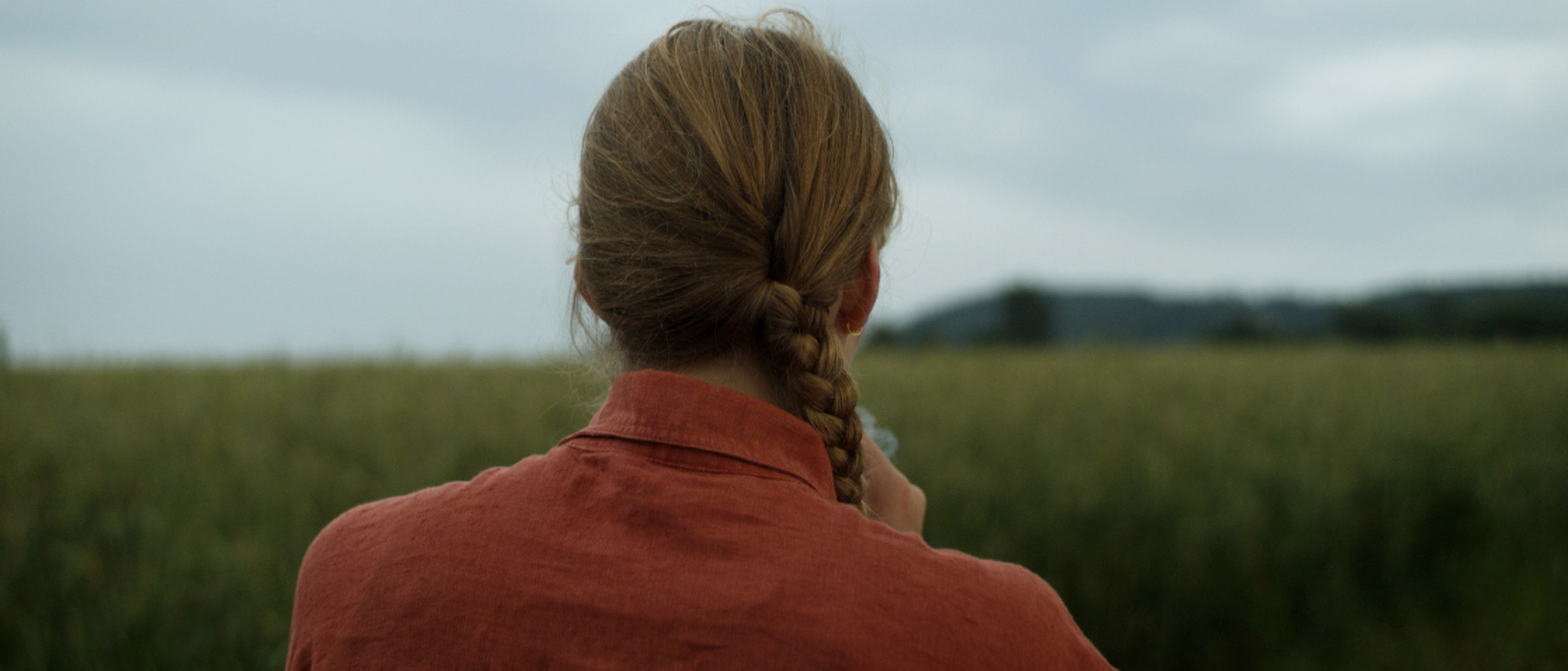| Hyperborea | Anton Ginzburg | 2011 | 45:00 min. | |
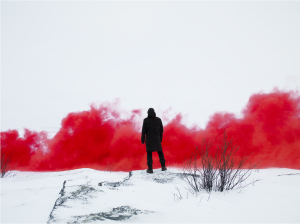 |
Hyperborea constructs points of intersection between memory – individual or collective – and imagination. Drawing on the many stories about the mythical region of Hyperborea, as the land of Golden Age, artist set out to locate it and travelled to the distant Northern territories. The expedition runs through the forests of the American Pacific Northwest, the faded palaces of Saint Petersburg, and the Gulags of Russia’s White Sea. On the trail of ancient vestiges, primary forests, mammoth fossils and ruins, the explorer is accompanied by the vast cloud of red smoke. Anton Ginzburg is a New York–based artist who uses an array of historical and cultural references as starting points for his investigations into art’s capacity to penetrate layers of the past and reflect on the contemporary experience. Born in 1974 in Saint Petersburg, Russia, Ginzburg received a classical arts education before immigrating to the United States in 1990. He earned a BFA from Parsons The New School for Design in 1997 and is currently working on his MFA degree at Bard College. His art has been shown at the 54th Venice Biennale, Lille3000, Palais de Tokyo, the San Francisco Museum of Modern Art, White Columns, the first and second Moscow Biennales, and the Smithsonian Cooper-Hewitt, National Design Museum. His work is represented in the permanent collections of the San Francisco Museum of Modern Art and the Moscow Museum of Modern Art, as well as in private collections around the world. |
| Leap after the Great Ecstasy | Melanie Manchot | 2011 | 20:03 min. | |
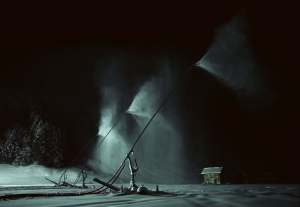 |
Leap after The Great Ecstasy observes a range of physical and psychological situations in the quest for a brief moment of perfection. Inspired by Werner Herzog’s film ‘The Great Ecstasy of Woodcarver Steiner’ (1974), the film charts the intense preparations for a world cup event, in terms of the physicality of the site and the individuals involved. Both location and characters become symbols and symptoms for a psychology of perfection, the obsessive focus required to overcome human limitations. One of the themes explored is the tension between nature and man’s desire for control, to sculpt a section of land for human activity, to make it perfect, even just for a moment. Melanie Manchot is a London based artist who works with photography, film and video as a performative and participatory practice. Her projects are often explore specific sites and public spaces in order to locate notions of individual and collective identities. Her work has been shown internationally including exhibitions at The Whitechapel Gallery, London; MacVal, Musee d’Art Contemporaire, Paris; The Photographers Gallery, London; Galerie m, Bochum, Germany; The Brooklyn Museum, New York; The Australian Museum of Photography, Sydney; The Courtauld Institute, London; Museum Folkwang, Essen and as part of Nuit Blanche, Paris. She is the recipient of many awards including the Oriel Davies Award 2012 and the Great North Run Moving Image Commission 2013. |
| Late on Earth | John Skoog | 2011 | 12:00 min. | |
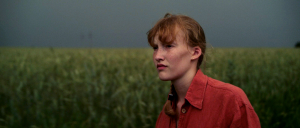 |
A film taking place in the dusk hour between that the sun has set and it gets dark. Thirteen scenes that show a rural village in the southern provinces of Sweden. Dusk falls, and you're walking home and suddenly you can’t tell if it is the neighbor’s dog or a wolf standing further down the road. John Skoog, b. 1985, in Kvidinge, Sweden, started making experimental film as a teenager. His photography, films & installations have shown at film festivals and museums around the world, among others: Museum für Moderne Kunst, F.F.M., Schirn Kunsthalle, Heidelberger Kunstverein, Germany // Torino International Film Festival, Italy // PS1 M.O.M.A, Anthology Film Archives & the Goethe institute, New York City, USA // Rencontres Internationales: Paris, Berlin & Madrid // Malmö Konsthall & Ingmar Bergman Center, Sweden // Rotterdam International Film Festival, Holland // Message to Man, St Petersburg International Film Festival, Russia // T.I.C.A. Tirana Institute of Contemporary Art, Albania. John studied fine arts at Staatliche Hochschule für Bildende Kunst - Städelschule in Frankfurt am Main. |
| Vargtimmen - After a Scene by Ingmar Bergman | Georg Tiller | 2010 | 06:20 min. | |
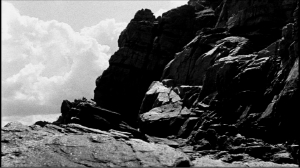 |
Vargtimmen - After a Scene by Ingmar Bergman is the exact reconstruction of a scene in Bergmans 1968 film of the same name. Frame for frame the same shots of the original film are reproduced with the crucial difference that in this version no actors are visible. The soundtrack, which had no dialogue in the original either, was taken from the first film and adds narrative structure to the lonely landscape. While in Vargtimmen Bergman concentrated on the faces of people, the focus of this film experiment is space, and nature. In Bergmans film a nightmarish drama plays out before this background: In a frenzy, a man kills a boy, then lets the lifeless body slip into the water. Without human figures, the space itself becomes an actor. An empty stage becoming a projection screen. Georg Tiller, was born 1982 in Vienna, Austria. After his fine art studies at the Academy of Fine Arts in Vienna and his directing and cinematography studies with Michael Haneke and Christian Berger he graduated in 2010 in the class of Harun Farocki. Besides his artistic work, Tiller has produced and directed several feature films, documentaries and experimental films. He was part of the artistic collective naivsuperfilm and is one of the co-founders of Mengamuk Films. |
